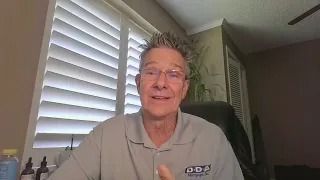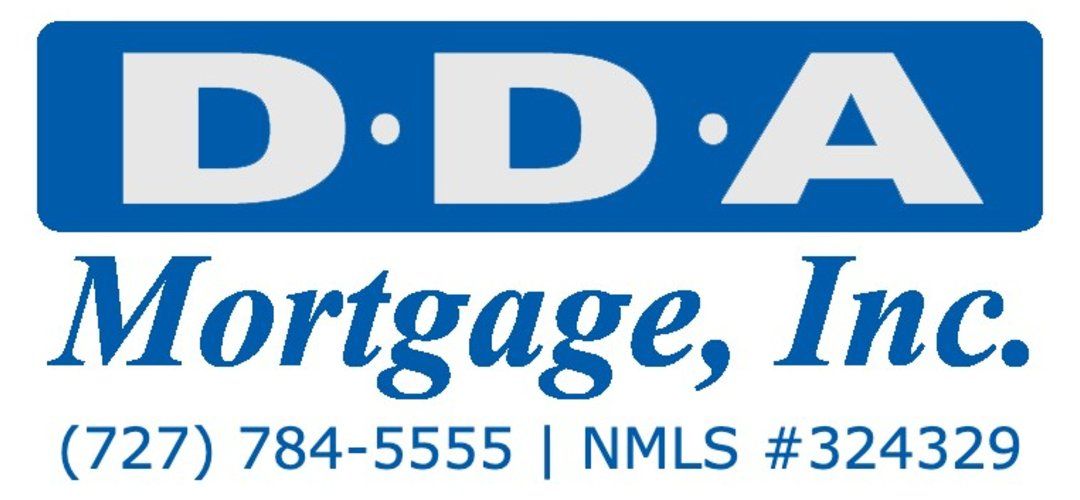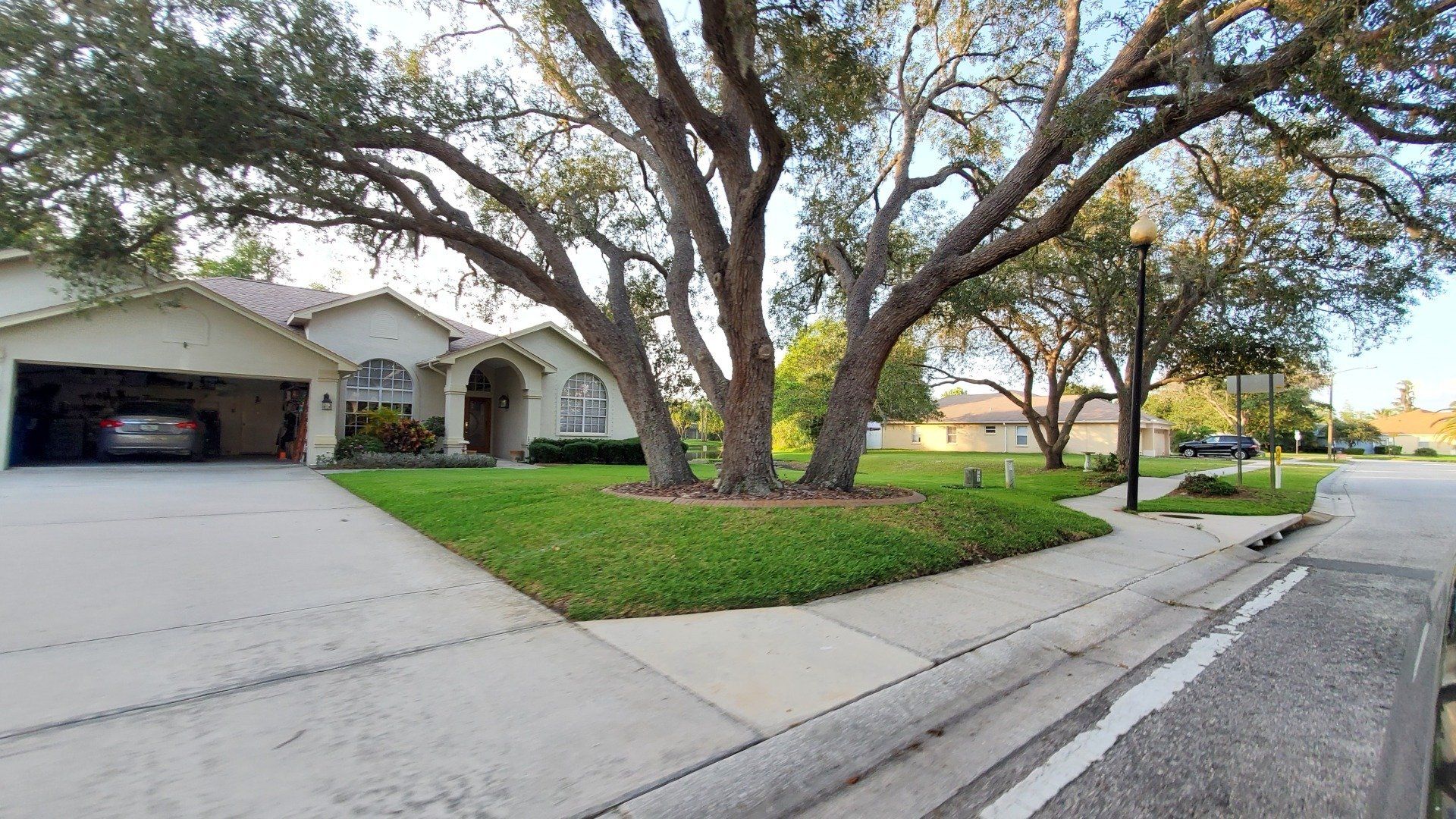Real Estate The good, the bad, and the likely for housing in 2021 Hopes are high for a stronger 2021
Real EstateThe good, the bad, and the likely for housing in 2021
Hopes are high for a stronger 2021
Despite the pandemic, incredibly, the housing market has surpassed all expectations in 2020. Applications to purchase a home hit a low point in the spring due to stay-at-home orders and mandated business closures, but have rebounded swiftly.
As of the week ending December 4, purchase loan applications have exceeded year-ago levels for 29-straight weeks, and cumulative purchase applications have surpassed 2019 levels. The pace of existing- and new-home sales mirrors the strength in purchase loan applications. New- and existing-home sales are at a post-Great Recession high. While the speed and magnitude of the housing recovery was surprising, the strong underlying fundamentals serving as tailwinds for the housing market’s recovery were not, and these tailwinds are expected to remain strong in 2021.
2021 housing market tailwinds: Rates, demographics and supply
Low Mortgage Rates: According to our Potential Home Sales Model, the increase in house-buying power driven by historically low mortgage rates was a significant driver of the housing rebound from April through October. In 2021, consensus forecasts estimate the 30-year, fixed mortgage rate will likely be 3% – with forecasts ranging from 2.8% to 3.3%. Low mortgage rates will boost house-buying power and keep purchase demand robust.
Pent-Up Demographics: Millennials are the largest and most educated generational group in history – approximately 72 million strong in 2019. The bulk of this generation turned 30 this year and are beginning to enter their prime home-buying years. More than half of all the purchase mortgages originated by Fannie Mae and Freddie Mac went to first-time home buyers in data available for 2020, and this trend shows no signs of abating in 2021.
Our analysis shows that Millennials may account for at least 15 million home sales in the next 10 years. This is a conservative estimate that does not take into consideration the higher educational attainment and household income of this generation relative to their predecessors. Adding fuel to the housing demand fire is the increase in the personal savings rate, which climbed to an all-time high in April and remains above the historical average as pandemic-driven restrictions are limiting discretionary spending.
For young people that are still employed, increased savings can be used as a down payment, which is typically the biggest hurdle for first-time home buyers. In 2021, older Millennials will continue to form households, recession or not, which will put upward pressure on demand for homeownership.
Start Your Loan
with DDA todayYour local Mortgage Broker
Mortgage Broker Largo See our Reviews
Looking for more details? Listen to our extended podcast!
Check out our other helpful videos to learn more about credit and residential mortgages.





